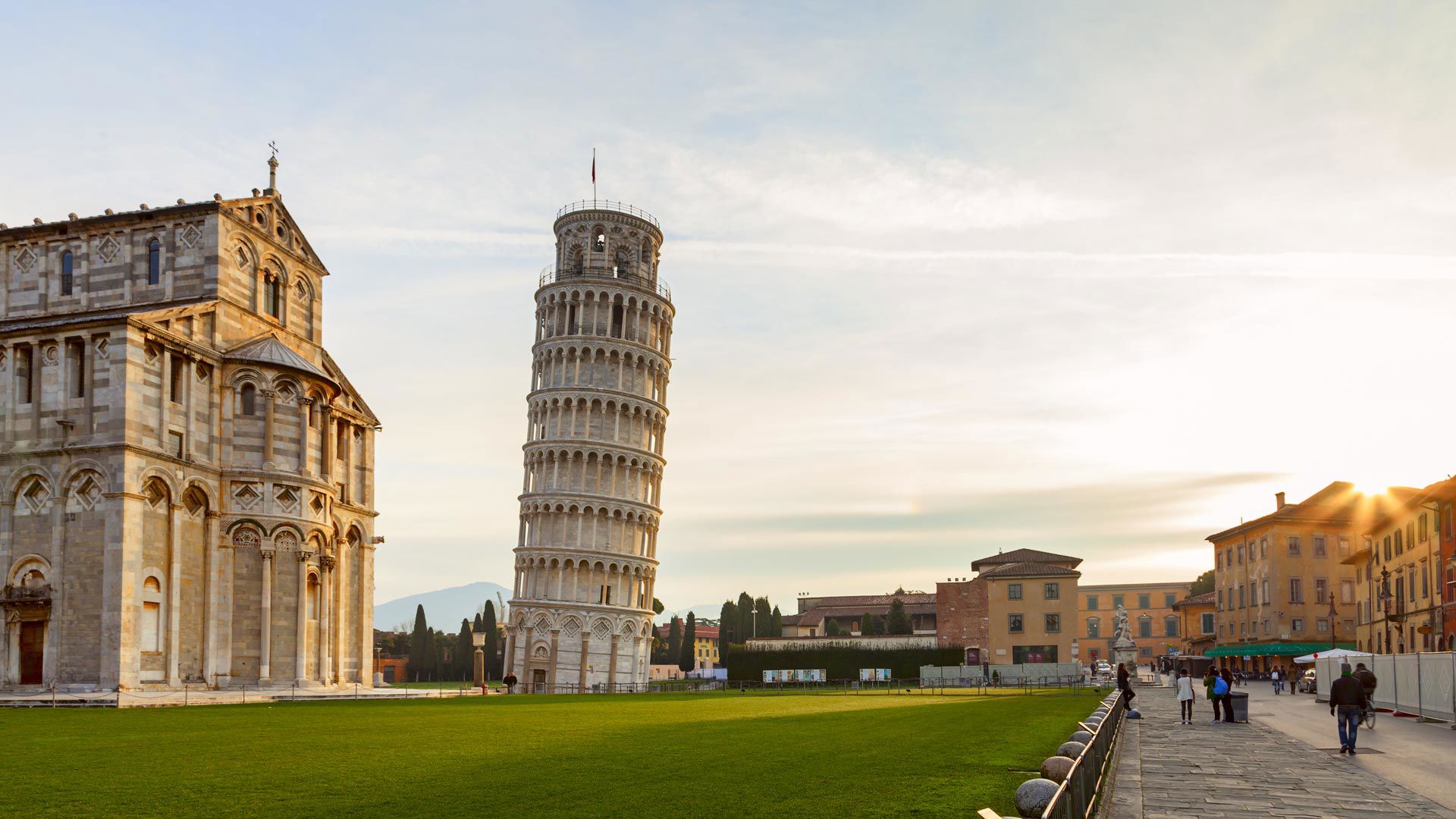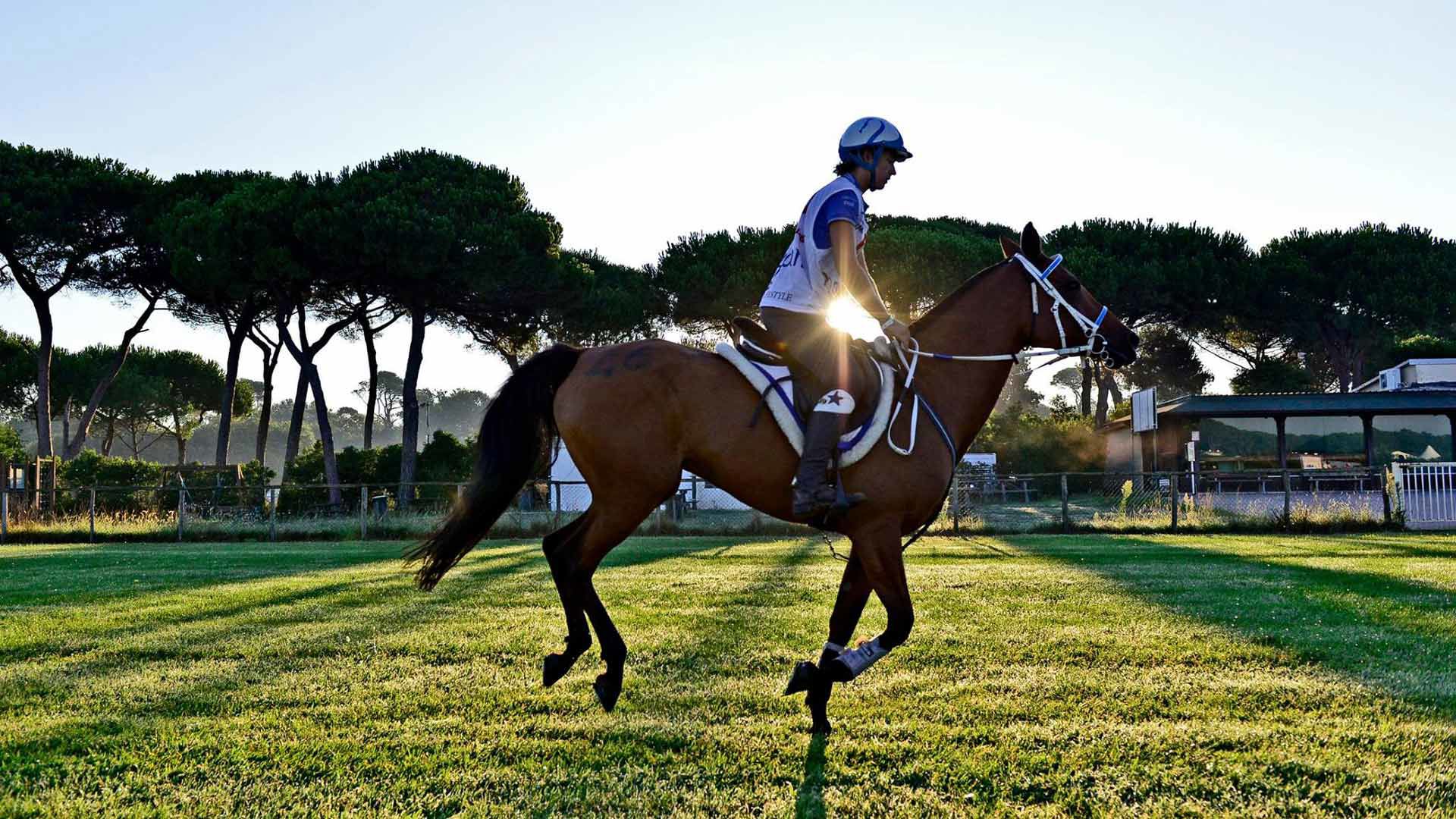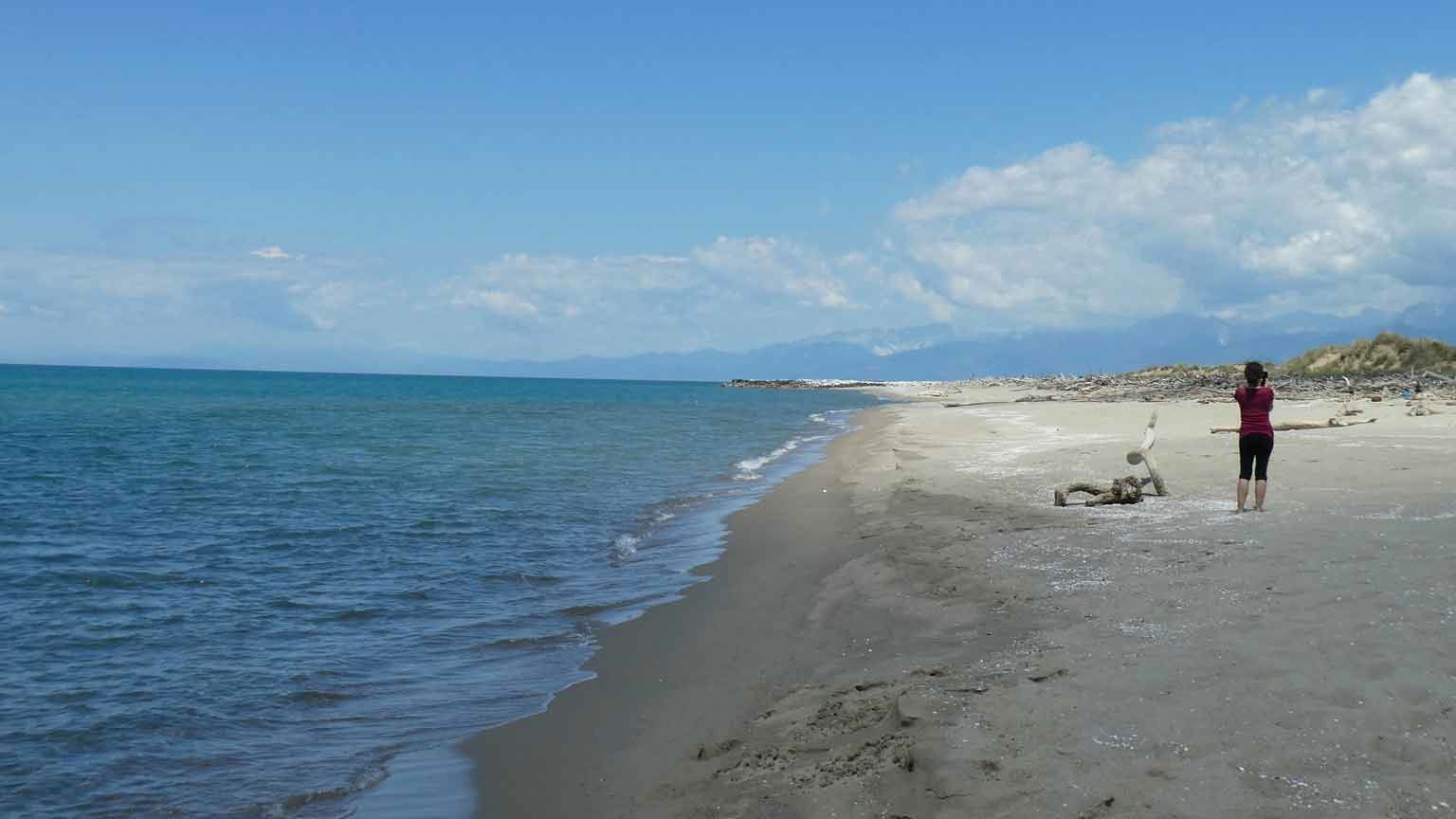The Territory

Pisa
Piazza Chiara Gambacorti
Piazza Chiara Gambacorti, also known as Piazza della Pera, is a small rectangular square overlooked by buildings with colourful façades: some beautiful 19th-century buildings, others more humble, the back of a 14th-15th-century brick tower house, in the heart of the San Martino district of Pisa.
The pear is a copy of an Etruscan gravestone placed at the entrance to the square whose shape resembles a pear.
The square is closed to traffic, ideal for an aperitif or for children to play safely.
Aerial Photo by Guglielmo Giambartolomei

Migliarino San Rossore Massaciuccoli Regional Park
The entrance to the estate is only a 20-minute drive from Hotel San Ranieri Pisa, and the park is open daily from 7:30 a.m. to 7:30 p.m. in summer, until 5:30 p.m. in winter. To learn about trails, beaches and paths, the San Rossore Park app is available for free download, inside an interactive map of the area.
The park has various types of natural environments. The forested area is prevalent, in addition there are dunes and marshy areas where rare flora grows.
Several medium and small mammals live in the park, including fallow deer, wild boar, wild rabbit, red fox and wolf, there are numerous varieties of birds including woodpeckers and Kentish plover. Among reptiles, the viper is notable.
The park is an ideal place for hiking, various types of sports, houses a farmhouse where it is possible to overnight, some refreshment places where you can enjoy genuine local products, and the hippodrome.
Worth visiting is the Villa del Gombo built as the residence of the President of the Italian Republic on an earlier building used by the sovereigns of the House of Savoy, designed by architects Amedeo Luccichenti and Vincenzo Monaco.
Foto credits: Carlo Cafferini, Ilaria Cariello e Michele Desideri

PIAZZA DEI CAVALIERI, PISA
Since the Middle Ages, the Piazza delle Sette Vie, later to become Piazza dei Cavalieri, has been the central place in the civil, political, religious and cultural life of Pisa. In 1562, it was transformed into a Mannerist stage, at the behest of Cosimo I de' Medici, who with foresight entrusted its design to the great architect and humanist Giorgio Vasari.
The piazza is overlooked by the Palazzo della Carovana (1562-64), the Church of S. Stefano dei Cavalieri (1565-69), the Palazzo della Canonica (1566), the Palazzo del Consiglio dei Dodici (1603), the Palazzo Puteano (1594-98), the Church of S. Rocco (1575), the Palazzo dell'Orologio (1605-8), while in the centre stands the statue of Cosimo I (1596) by Pietro Francavilla.
In the Divina Commedia (Divine Comedy), Dante Alighieri recounts the atrocious death of Count Ugolino della Gherardesca in 1289 in the Torre della Fame (Tower of Hunger) located in Piazza dei Cavalieri and later annexed to other buildings.
Foto by Tommaso Giannini & Andrea Freccioni

The Scotto Garden
The Scotto Garden, is an ancient fortress in Pisa. It was built starting in 1440 during Florentine domination and later renovated by architect and military engineer Giuliano da Sangallo. Today the Scotto Garden, in addition to being a place of recreation for families, students and tourists, hosts concerts, theater performances and outdoor cinema during the summer season. It is also a wedding venue. The recently recovered section of the Walls of Pisa at the height of the Scotto Garden - between the Tower of St. Anthony and the Sangallo Bastion- is open and can be visited free of charge by citizens and tourists from June to September, every Saturday and Sunday from 10 a.m. to 12 p.m. and from 5 p.m. to 7 p.m.
Book Your stay in Pisa and visit the beauty of the city















